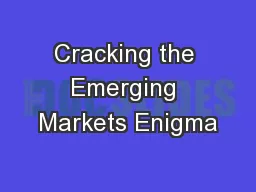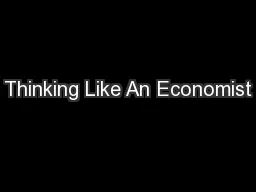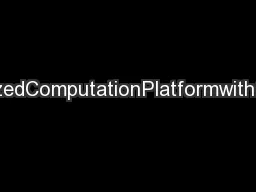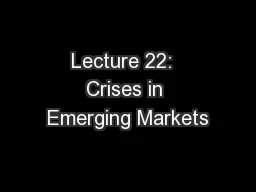PPT-Cracking the Emerging Markets Enigma
Author : natalia-silvester | Published Date : 2018-11-01
Andrew Karolyi Professor of Finance amp Alumni Professor of Asset Management Cornell University Presentation to Cornell International Business Association March
Presentation Embed Code
Download Presentation
Download Presentation The PPT/PDF document "Cracking the Emerging Markets Enigma" is the property of its rightful owner. Permission is granted to download and print the materials on this website for personal, non-commercial use only, and to display it on your personal computer provided you do not modify the materials and that you retain all copyright notices contained in the materials. By downloading content from our website, you accept the terms of this agreement.
Cracking the Emerging Markets Enigma: Transcript
Download Rules Of Document
"Cracking the Emerging Markets Enigma"The content belongs to its owner. You may download and print it for personal use, without modification, and keep all copyright notices. By downloading, you agree to these terms.
Related Documents














